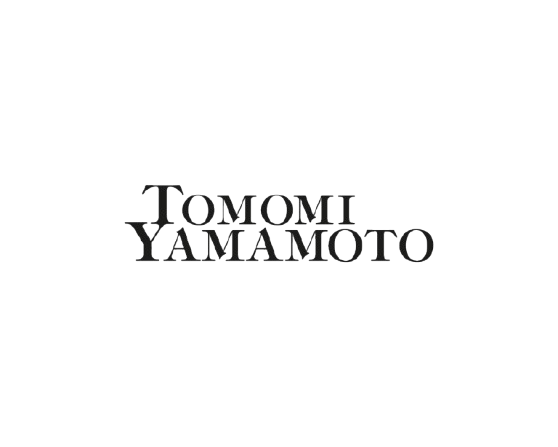A Cultural Symbol Written in Numbers
In Japan, the decline in everyday kimono use is not just something we sense — it is written plainly in the numbers. The market, once vibrant and full of promise, has dwindled dramatically. But behind these statistics lies a much deeper human story — one of aspiration, memory, and cultural change.
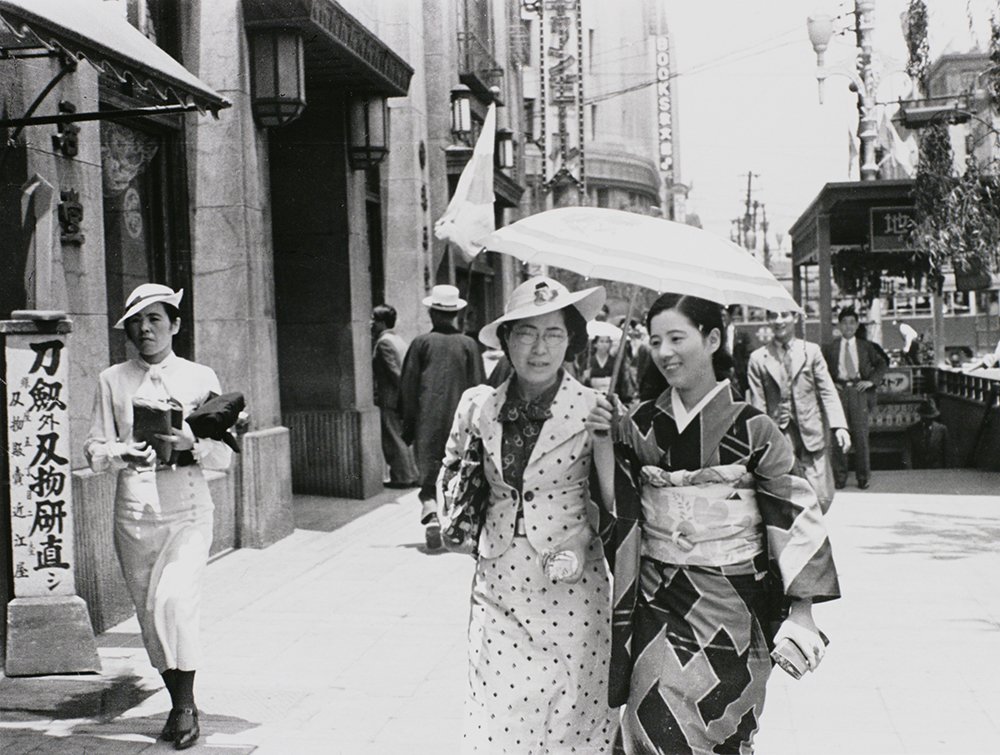
The Changing Significance of Kimono During the Period of High Growth
During the postwar reconstruction period, people sought kimonos as their wardrobes were empty, and production surged dramatically alongside the period of high economic growth. However, as economic growth progressed and Western-style clothing became widespread, kimonos ceased to be everyday wear, and opportunities to wear them gradually diminished. Consequently, by the mid-1970s, kimono production declined significantly.
From Peak to Decline
The kimono market peaked in 1981, reaching a staggering 1.8 trillion yen. Since then, sales have steadily declined. By 2020, impacted further by the pandemic, the market dropped below 200 billion yen for the first time, reaching only 192.5 billion yen.
In 2021, there was a modest recovery to 211 billion yen, and in 2022, with the return of festivals and celebrations, sales improved slightly. Yet these levels remain only a fraction of the peak, far from the vibrant days of the past.
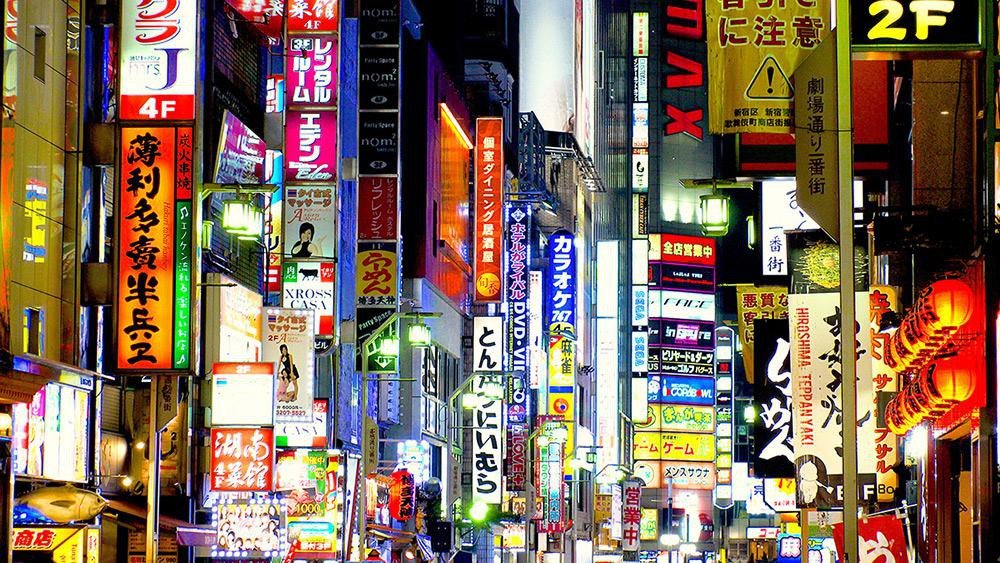
The Human Story Behind the Numbers
What statistics don’t capture is the rich, personal story of kimono. In 1966, production of obi (the woven sash worn with kimono) in Nishijin, Kyoto, reached its peak.
Why then? Women who had spent their youth in the scarcity of wartime were now in their forties. With Japan prospering in the 1960s, many fulfilled their long-held dreams of owning kimono. At the same time, their daughters were coming of age, and parents — determined to provide beautiful trousseaus for their children — purchased multiple sets.
This was the golden age of the kimono industry, when kimono were not merely garments but cherished symbols of family pride and aspiration.
Increased production volume and improved quality
During the period of rapid economic growth, the production volume of kimono increased dramatically due to rising economic power and the expansion of the kimono industry. More luxurious and sophisticated designs, along with new dyeing and weaving techniques, were introduced, giving rise to kimono featuring vivid colors and intricate woven patterns.
From this period onward, the kimono, once an everyday garment, increasingly took on the character of “formal wear” or “ceremonial attire” worn for non-daily occasions and special events like weddings.
Furthermore, demand for high-end kimono surged following the Imperial Wedding in 1959.
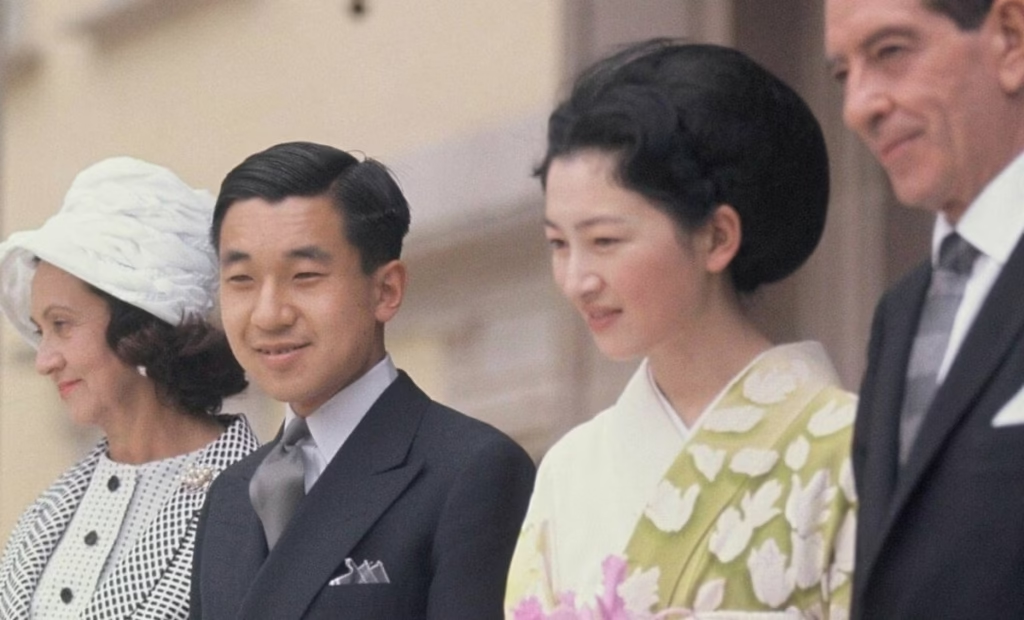
The Luxury Shift and Its Consequences
By 1981, sales value still reached their peak, but not because more people were wearing kimono. Instead, fewer people were buying — but at much higher prices.
Women in their late fifties, retiring with their husbands, found joy in acquiring high-end kimono. Statistically, sales numbers appeared stable: ¥3 million could come from ten kimonos at ¥300,000 each, or just three kimonos at ¥1 million each.
Yet this shift to luxury purchases proved a double-edged sword. The perception spread that kimono were “too expensive”and “only for special people.” This discouraged everyday use and accelerated the decline in kimono wearing across Japan.
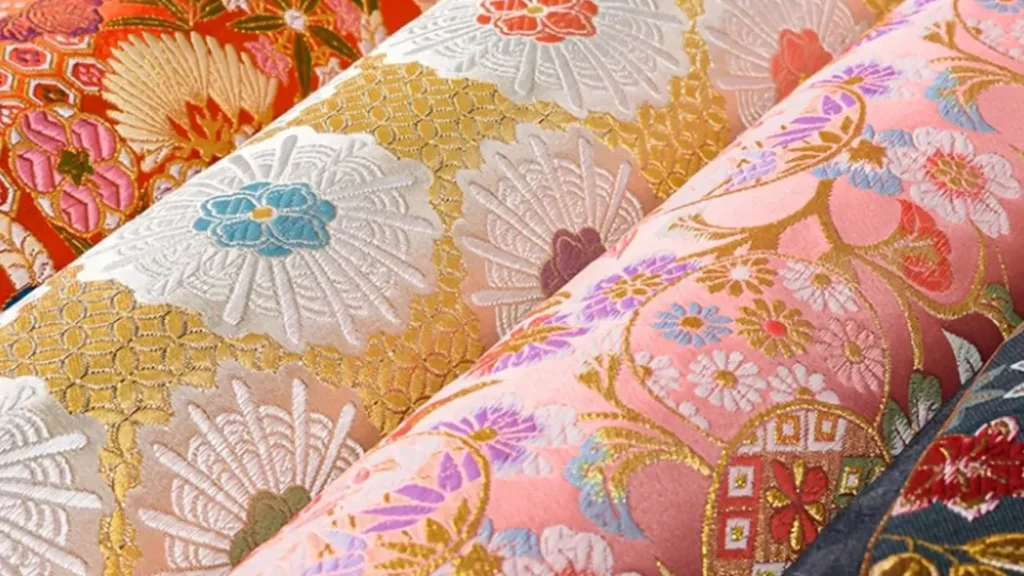
Sluggish Consumption and Its Impact on Kimono Culture
Sluggish consumption in recent decades has not only reduced sales — it has weakened the very manufacturing traditions that sustain kimono culture. The careful division of labor that once defined the industry, from weaving and dyeing to tailoring, is now difficult to maintain. Many workshops face a shortage of successors, threatening the survival of precious skills passed down for generations.
Current Challenges and Future Possibilities
The decline in consumer knowledge about kimono, combined with fewer opportunities to wear them, has created a difficult cycle. As people wear kimono less often, they understand less about how they are made, which further reduces demand. In turn, this makes it harder for artisans and makers to sustain their craft.
Yet within this challenge lies a clear direction for the future. To preserve kimono culture, we must reimagine how kimono can exist in modern life — not only for formal occasions, but as part of everyday joy. By creating opportunities to learn, wear, and celebrate kimono in accessible ways, we can breathe new energy into a tradition that still has so much to offer.
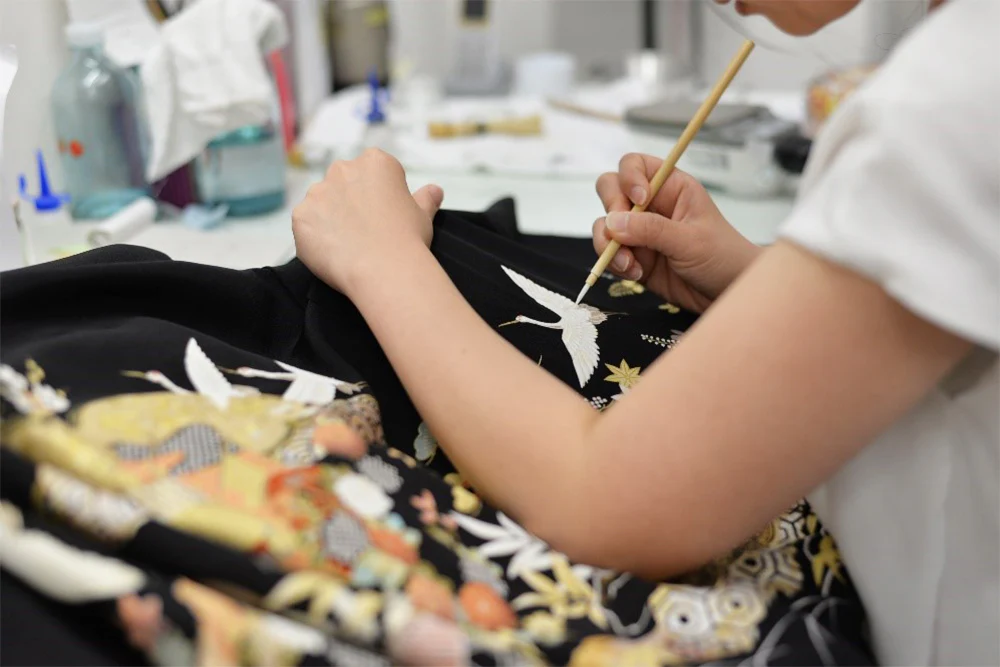
✨ At Tomomi Yamamoto, we see ourselves as part of this bridge between past and future. By blending traditional craftsmanship with contemporary design, our goal is to keep kimono culture alive — not in museums or memories, but in the lives of people today.
